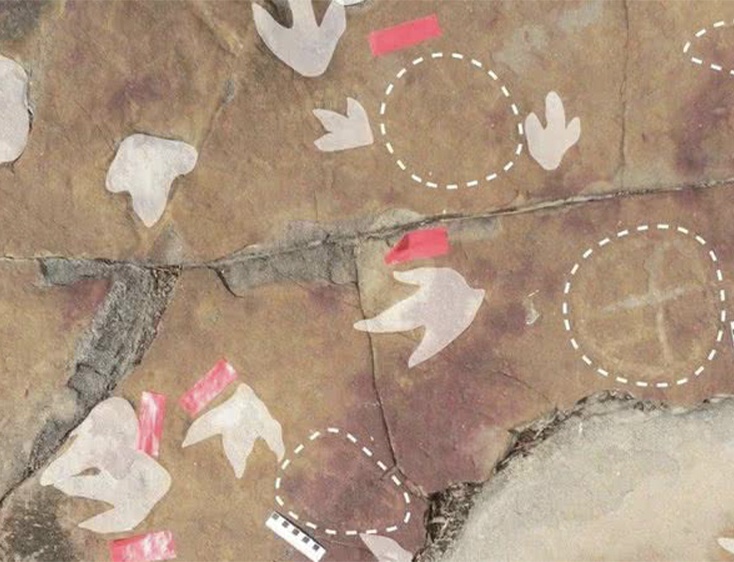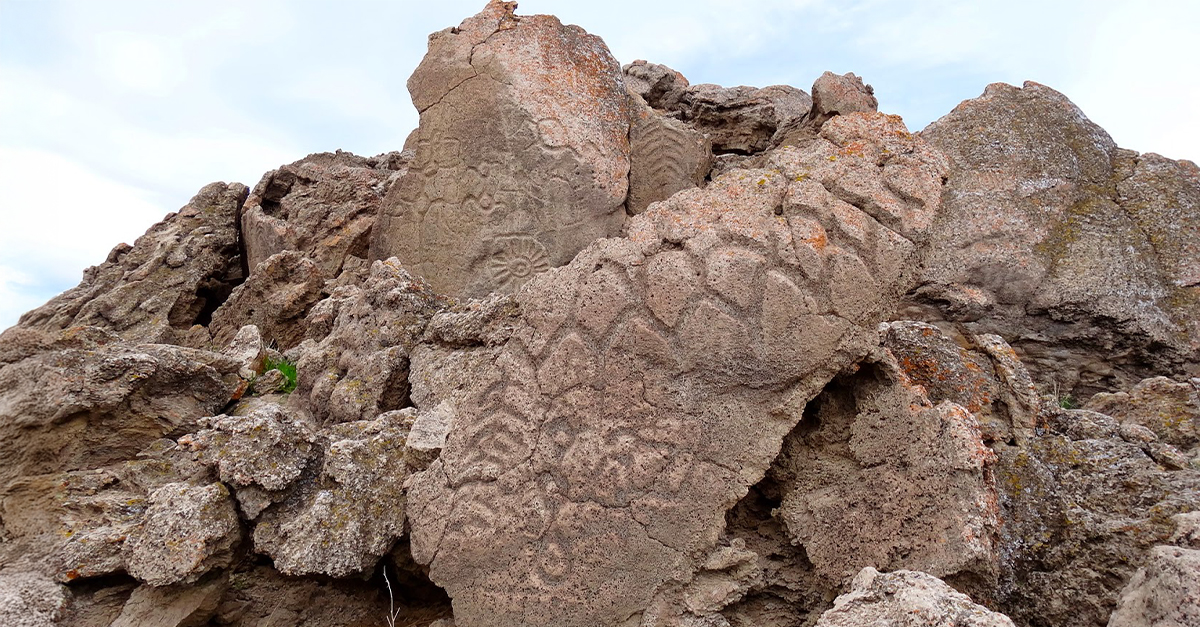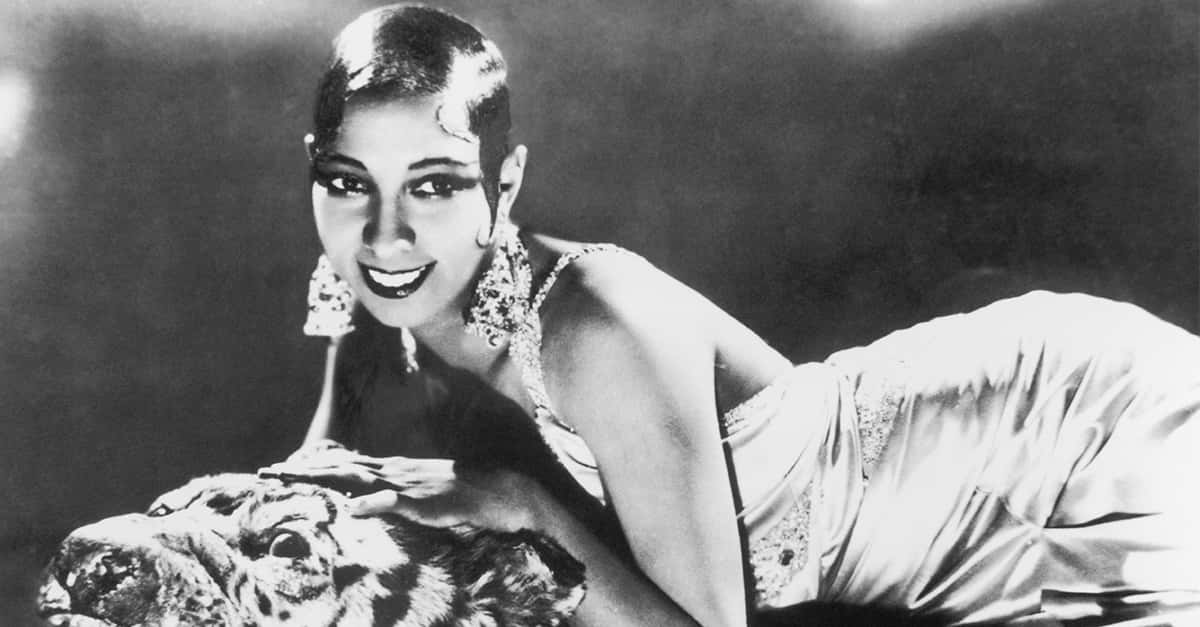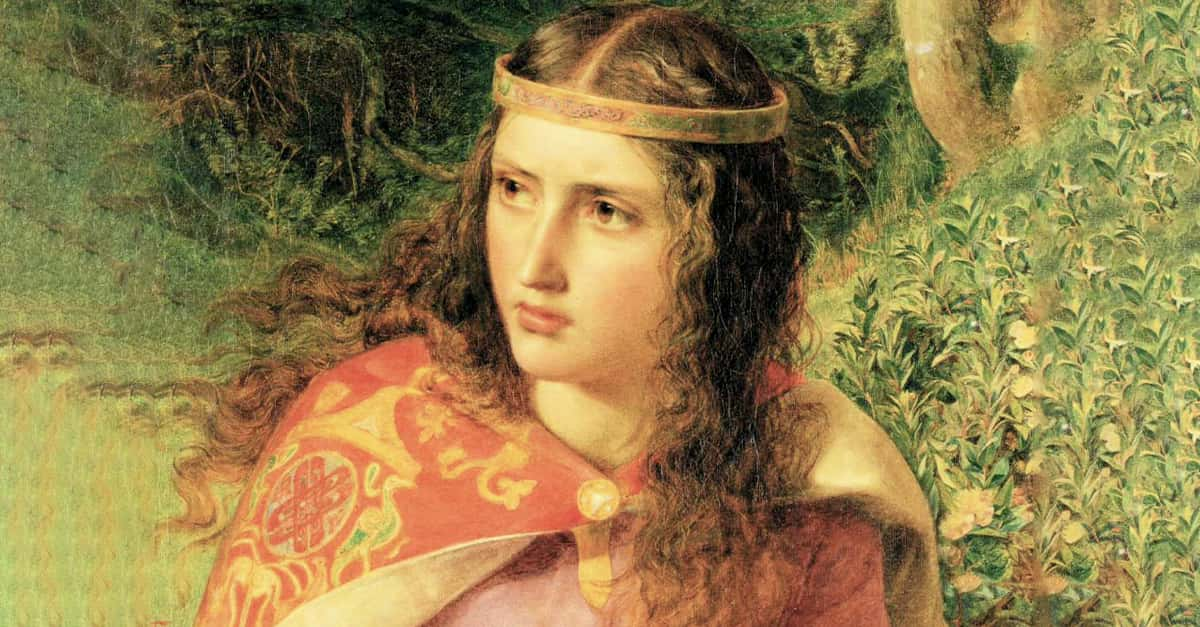Brazil’s Valley of the Dinosaurs in Paraíba state is best known for its extensive fossilized dinosaur tracks. But a recent archaeological find adds a new dimension: ancient engravings etched by prehistoric humans. These vivid markings reveal a previously unknown layer of cultural history, showing that the valley has been a stomping ground for humans for eons.
Hidden Art Among The Footprints
The carvings are found in rock shelters and cliff walls around the region. Using a mix of traditional surveying and modern imaging technology, archaeologists captured dozens of images overlooked in previous studies. The images show that the valley, already teeming with prehistoric animal traces, also contains evidence of early human creativity and communication.
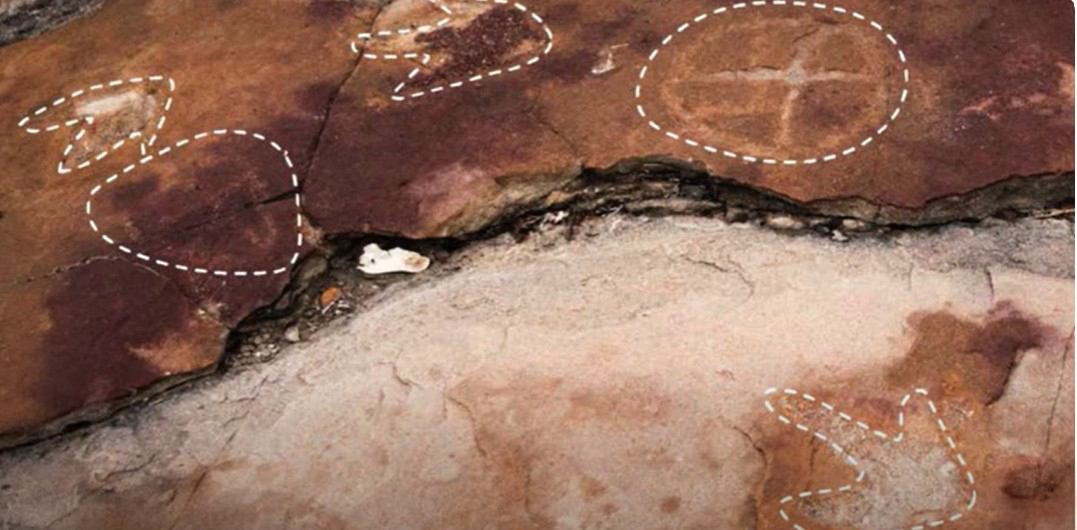 9,000-year-old rock art discovered among dinosaur footprints in Brazil, Wonder World, YouTube
9,000-year-old rock art discovered among dinosaur footprints in Brazil, Wonder World, YouTube
Depictions Of Daily Life And Symbolism
Many of the carvings feature human figures, animals, and geometric patterns. Some depict scenes of hunting, dancing, or ritual activity, while others are more abstract. Researchers think the paintings were created with symbolic intent, perhaps to mark sacred sites, tell stories, or pass on knowledge to future generations.
Estimated To Be Thousands Of Years Old
Though the murals can’t be dated directly, nearby organic materials suggest they were created between 6,000 and 9,000 years ago. This makes them among the oldest examples of rock art in northeastern Brazil. The age and complexity of the murals give insights into the lives and beliefs of early people of the region.
Adding Cultural Depth To A Paleontological Site
Until now, the Valley of the Dinosaurs has primarily been a paleontology site. The discovery of human-made engravings broadens the scope of the site, showing it was not just a corridor for dinosaurs, but also a place of gathering, storytelling, and ritual for early human communities. It’s a reminder that human and animal histories often coexist.
 9,000-year-old rock art discovered among dinosaur footprints in Brazil Wonder World, YouTube
9,000-year-old rock art discovered among dinosaur footprints in Brazil Wonder World, YouTube
Preservation Efforts Are Underway
These artworks are fragile and vulnerable to weathering, vandalism, and natural erosion. Local authorities, in partnership with federal researchers, are working to protect the sites. Conservation efforts include digital documentation, fencing off sensitive areas, and raising awareness in the community about the importance of preserving these ancient artifacts.
Engaging With Local Communities
Archaeologists are drumming up help from local residents and Indigenous groups in an effort to interpret and preserve the markings. This joint endeavor takes steps to protect the site and helps revitalize cultural memory tied to the land. Locals are now participating in educational programs and guided tours to share the valley’s human and natural history.
Drawing Global Attention To Brazil’s Heritage
The discovery has drawn international interest from scholars of early art and anthropology. It places Brazil on the map alongside other global rock art sites and opens the door for comparative studies across South America. The hope is that increased attention will bring both funding and deeper understanding of Brazil’s prehistoric cultures.
 9,000-year-old rock art discovered among dinosaur footprints in Brazil, Wonder World, YouTube
9,000-year-old rock art discovered among dinosaur footprints in Brazil, Wonder World, YouTube
Human And Reptilian Remnants
The ancient art of the Valley of the Dinosaurs reveal that even in an area known for giants of the Jurassic era, humans left a powerful legacy of their own. Through symbolic markings and expressive forms, early artists in Paraíba state turned stone into a riveting narrative of survival in an unforgiving environment. Their carvings now speak across millennia, reminding us that art has always been a central part of human life.
You May Also Like:
Bizarre Facts About Ancient History And Ancient Peoples

